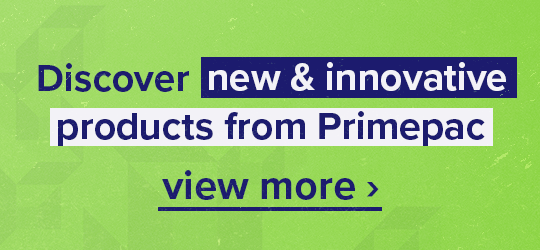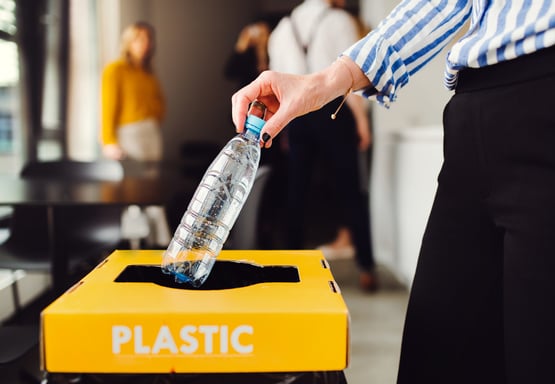
Did you know that here in New Zealand we generate 17.49 million tonnes of waste per year, of which approximately 12.59 million tonnes are sent to landfill? It’s no secret that packaging can play a big part in contributing to the amount of waste heading to our landfills each year. According to the Packaging Council of NZ, New Zealanders consume around 735 thousand tonnes of packaging every year; only 58% of it is recycled.
Recycling is an important tool in reducing how much waste goes to landfill each year. And with nearly all of us or 97% having access to recycling facilities that will recycle paper, glass, cans and plastics, there must be more that can be done to encourage people to recycle their packaging waste?
Packaging design plays an important role in educating consumers on the recyclability of a package and if done well, can even encourage more people to dispose of empty containers and boxes in the recycling bin, instead of landfill. A win for everyone, and our planet.
The recyclability of packaging in New Zealand

If you don’t keep up with packaging news then you may be shocked to learn that during a 2021 global assessment of packaging recyclability, New Zealand was ranked second to last. Consumer organisations in nine countries assessed the packaging recyclability and labelling of 11 popular products. Coordinated by Consumers International, New Zealand took part along with other countries like Australia, Hong Kong and the United Kingdom.
In Aotearoa New Zealand, 57% of the packaging assessed unfortunately wasn’t recyclable in practice. In the assessment undertaken, “recyclable in practice” indicated the recyclability of a product in that specific country, and if there are appropriate sorting and recycling systems in place to recycle the packaging. Of the 5 products deemed not easily recyclable in New Zealand, three of these were soft plastics. While it is possible to recycle soft plastics, collection and drop-off points are only located in certain parts of the country, and only two are located in the South Island making these recycling points inaccessible for many.
While we may pride ourselves on our clean green image, the reality is that our recycling services simply don't stack up when compared to larger countries with more resources and recycling systems in place. Recycling in New Zealand and the packaging materials that are deemed ‘recyclable’ are often determined by local councils, and the recycling systems they have in place. While throughout New Zealand packaging items produced from paper, cardboard and glass are generally always classed as recyclable, the same cannot be said for plastic.
There are many different forms of plastic, each with its own unique recycling identification code from 1 to 7. Most councils will accept plastics with codes 1 and 2 and many will also take plastics with code 5. When it comes to plastics 3, 4, 6 and 7, the story is not quite so simple.
When compared to more common plastics, there is a lower international demand for plastics 3, 4, 6 and 7 so in turn, they have a very low market value. This issue is only heightened by our geographical location – our distance from overseas markets doesn’t make it viable for many local councils to try and recycle these plastics, as the shipping costs to get them overseas are simply too high.
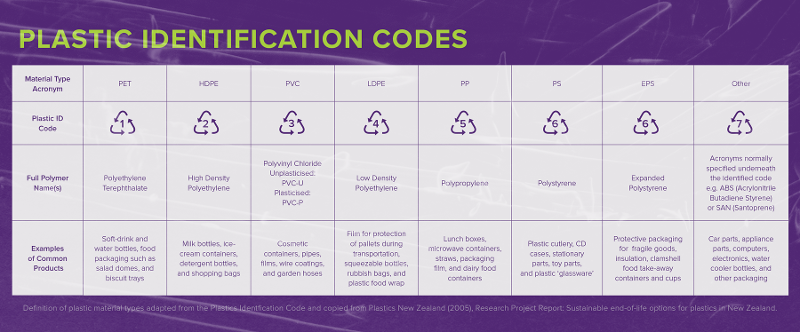
The plastic identification codes. More information can be found here.
How clever packaging design can make recycling easier
Our recycling systems and processes may not be as advanced or robust as other countries, however that doesn’t mean all is lost when it comes to improving our recycling track record – particularly when it comes to recycling packaging materials.
There are some simple design changes that can be made to packaging materials to ensure that they can be recycled here in New Zealand, and so that consumers know they can be easily recycled.
Simple ways to improve the recyclability of packaging
Choose easy to recycle packaging materials: Materials like cardboard, paper, and plastics 1, 2 and 5 are all easily recyclable throughout most of New Zealand. You can always check with local councils first if you’re unsure of the recyclability of a material.
Don’t mix your materials: While it may be eye-catching, mixing materials like paper and plastic will be sure to provide a headache for recycling plants when they come to accept this packaging. In the worst case, it could even mean that packaging which would normally be recycled if the materials were separated, is simply sent to landfill. Common packaging products like paper bags coated with plastic can be easily swapped out for 100% recyclable paper bags to avoid this problem altogether.
Clearly label your items: Clearly labelling packaging so that consumers know that it can be recycled will ensure that more often than not your packaging ends up in a recycling bin, instead of landfill. Make use of the recycling codes and symbols, and make sure that these are in the right places and large enough so that consumers can see them.
Innovative sustainable packaging solutions
As we have noted above, there are some easy things that can be done to make packaging easier to recycle. A simple choice could be moving from hard to recycle plastic containers to cardboard or a more commonly accepted type of plastic.
If you need your packaging to stand out during transit and you don’t want to compromise on the type of brand awareness that eye-catching packaging provides, then you’ll want to talk to a supplier that specialises in custom printed packaging. As custom packaging experts ourselves we can quickly guide you through the options available so that you can choose the solution that’s not only right for your business but better for our environment. Learn more about our custom packaging options here.
For all of your basic sustainable packaging needs, we’ve also got that covered too! From paper courier bags to stock cardboard cartons and even paper tape, we have a bunch of recyclable packaging supplies in stock that can be easily recycled by consumers. View our range by clicking below.



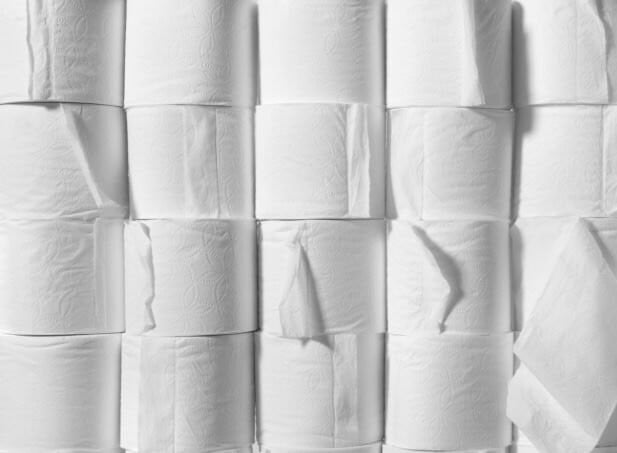
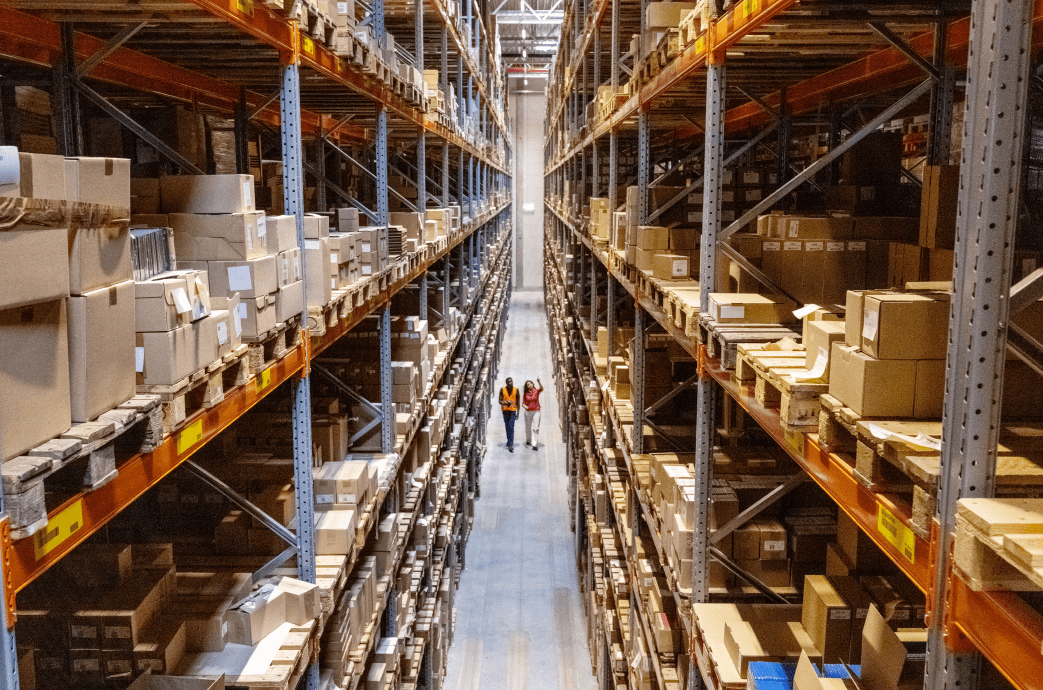
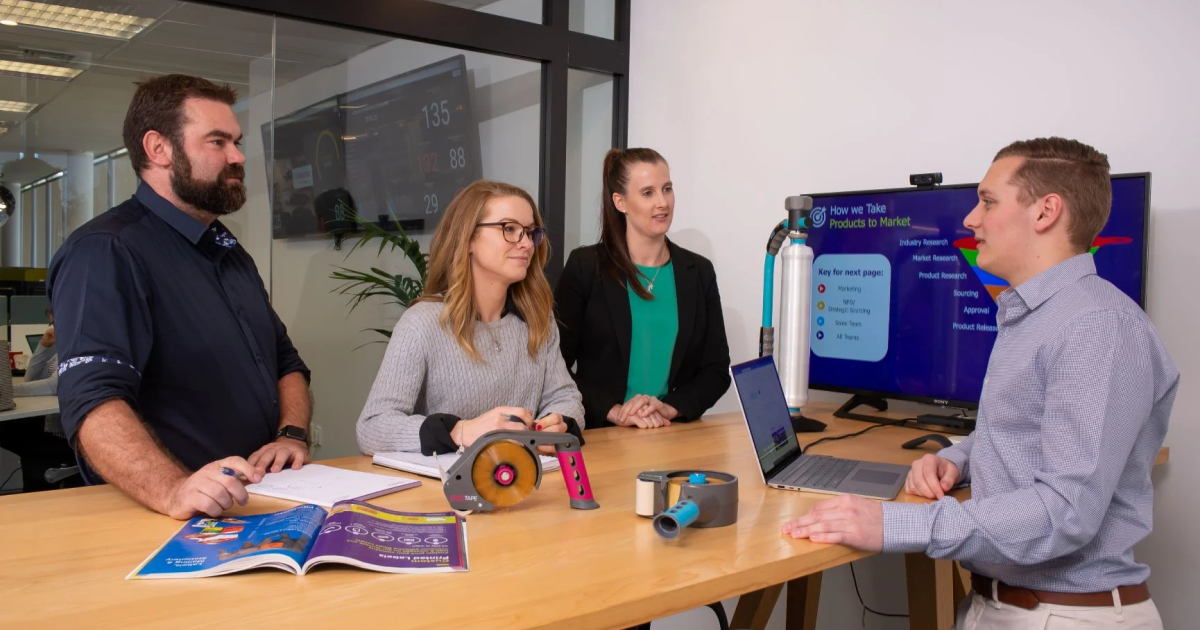
.png)
